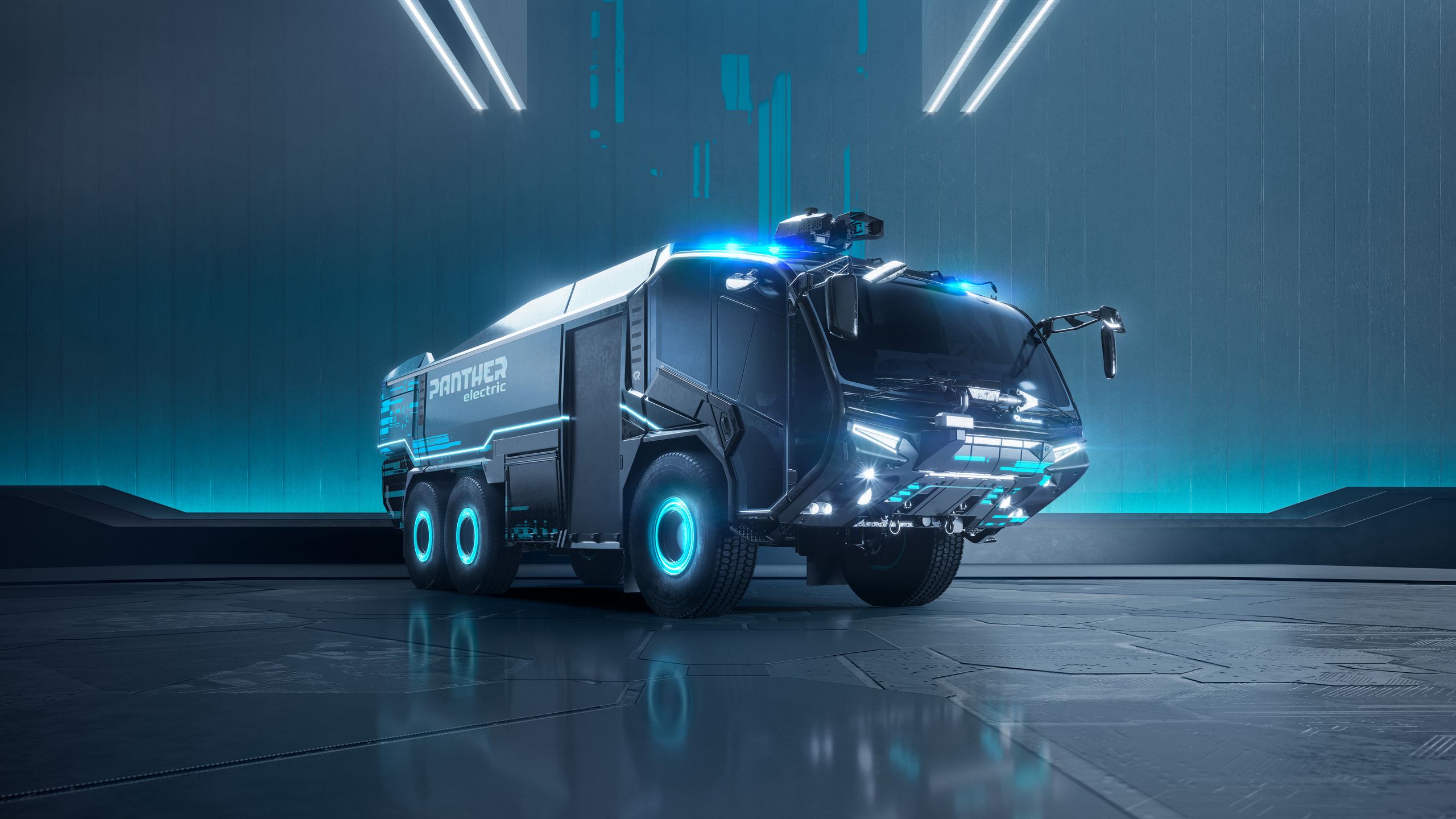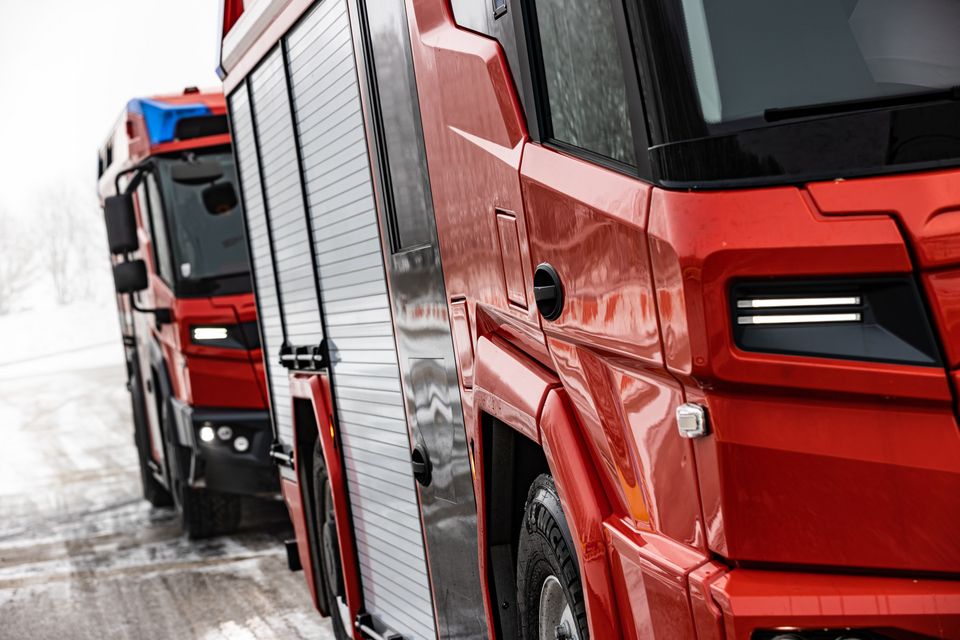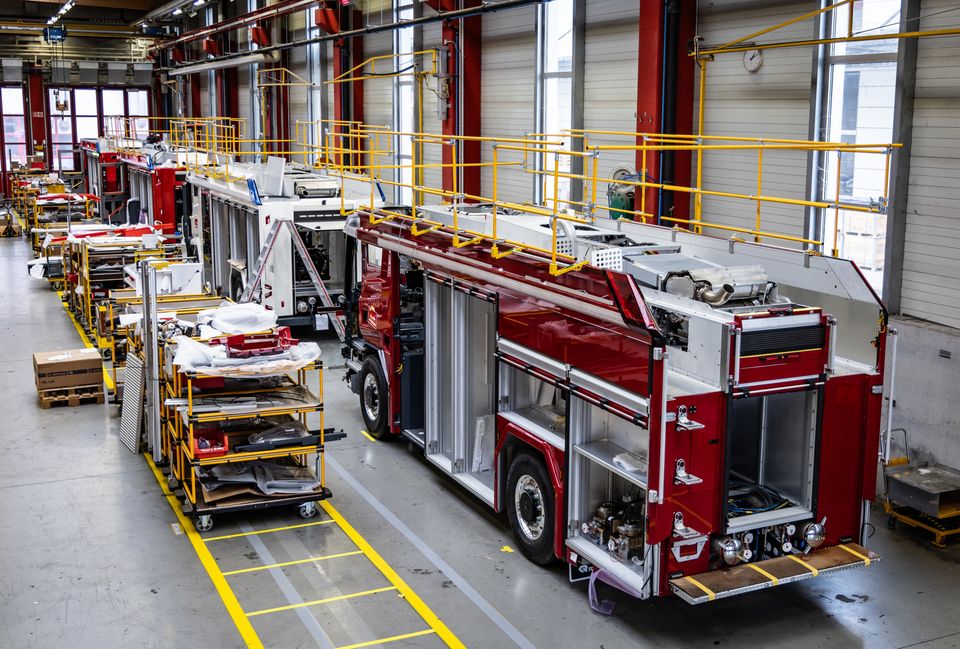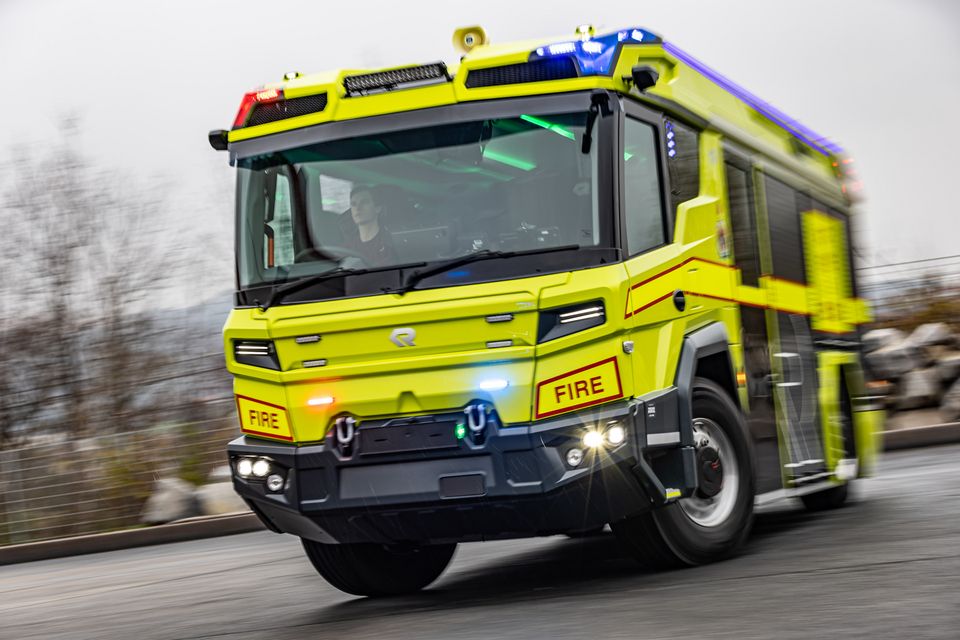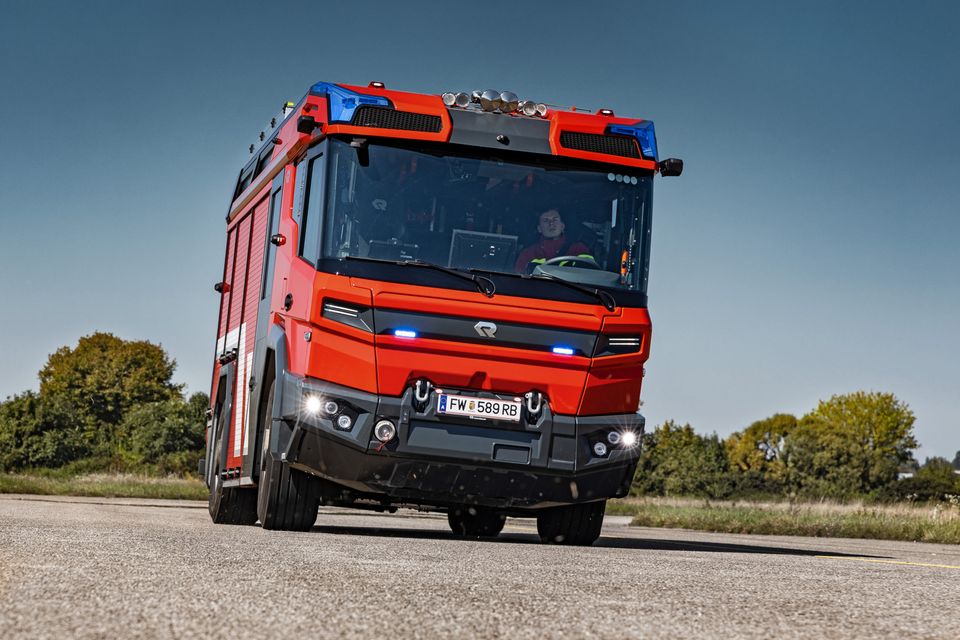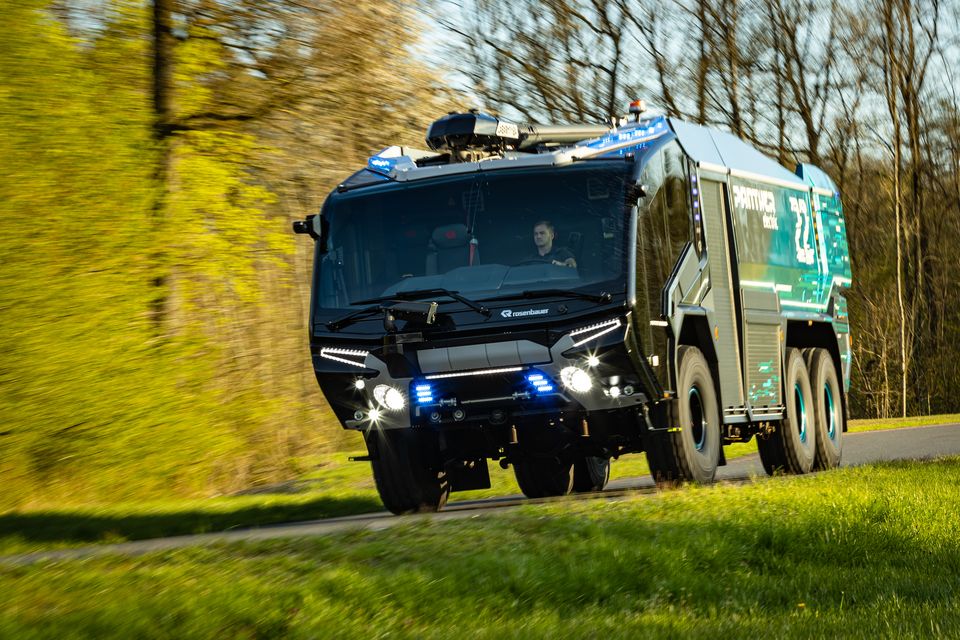Why e-mobility in the firefighting industry?
We did not take the decision lightly. It was based on a number of factors that took both ecological and economic aspects into account. Here we would like to show why Rosenbauer considers e-mobility to be the right technology for the future of the firefighting industry.
Because it's about sustainability and environmental friendliness.
Because it's all about efficiency and cost-effectiveness.
Because it's about future security.
Because it's about social responsibility.
Because it's about technological progress.
